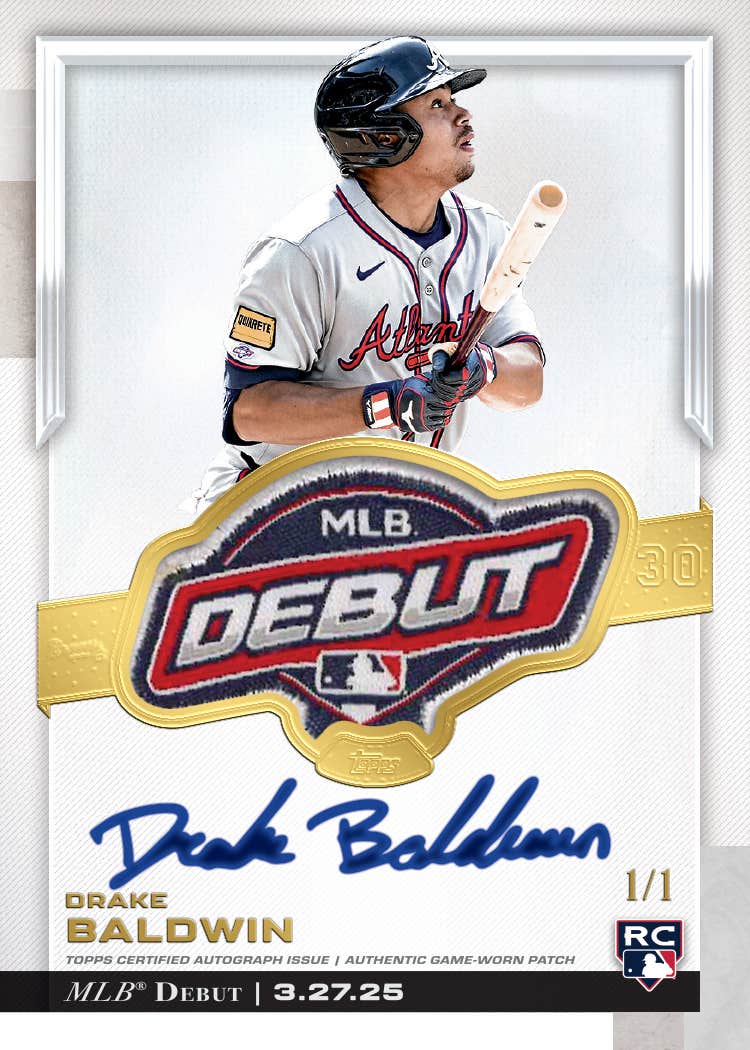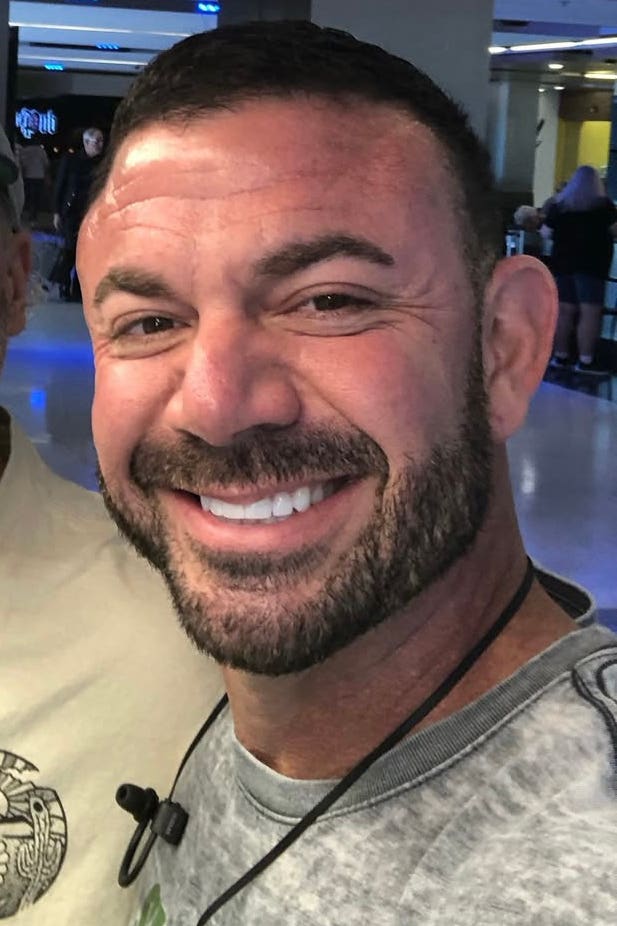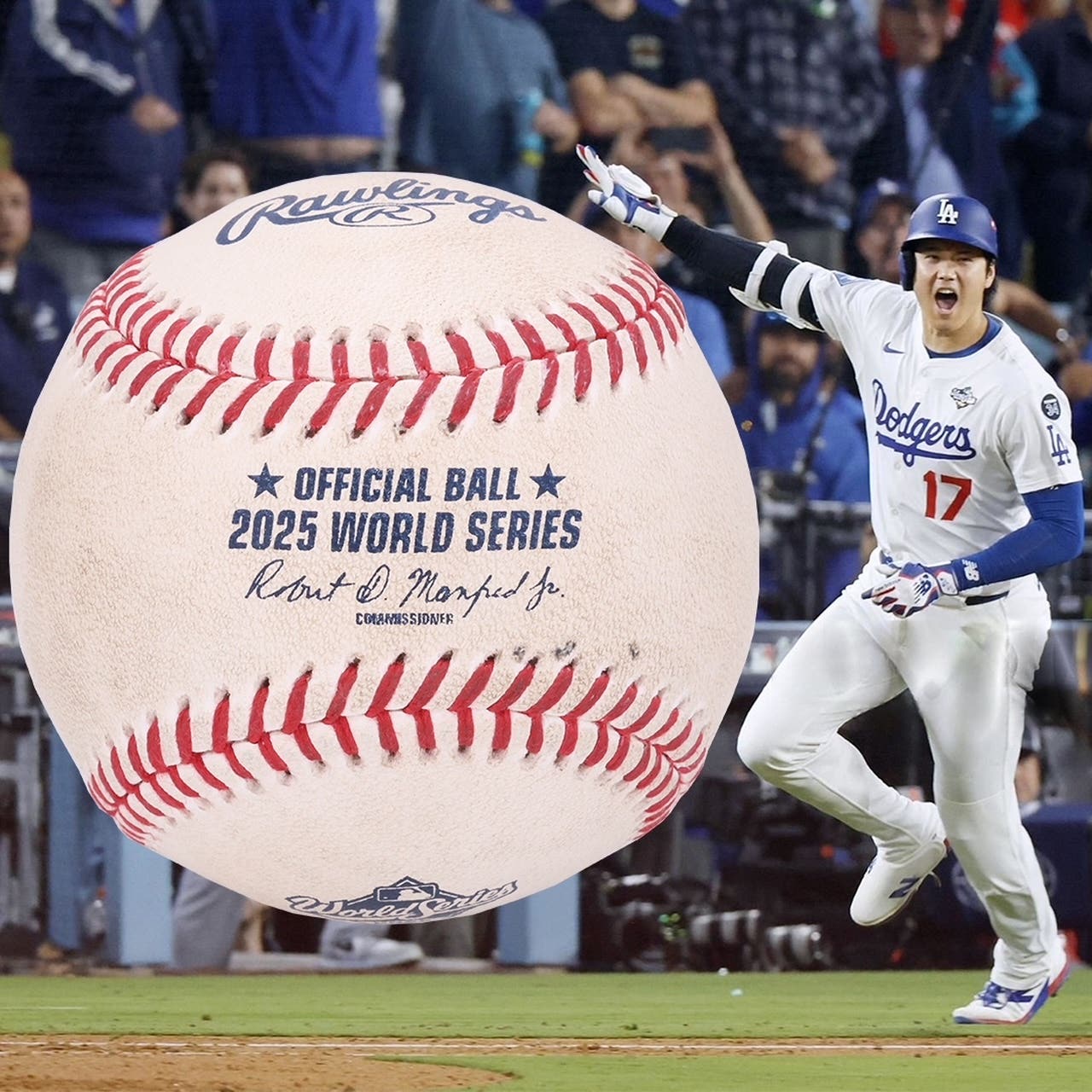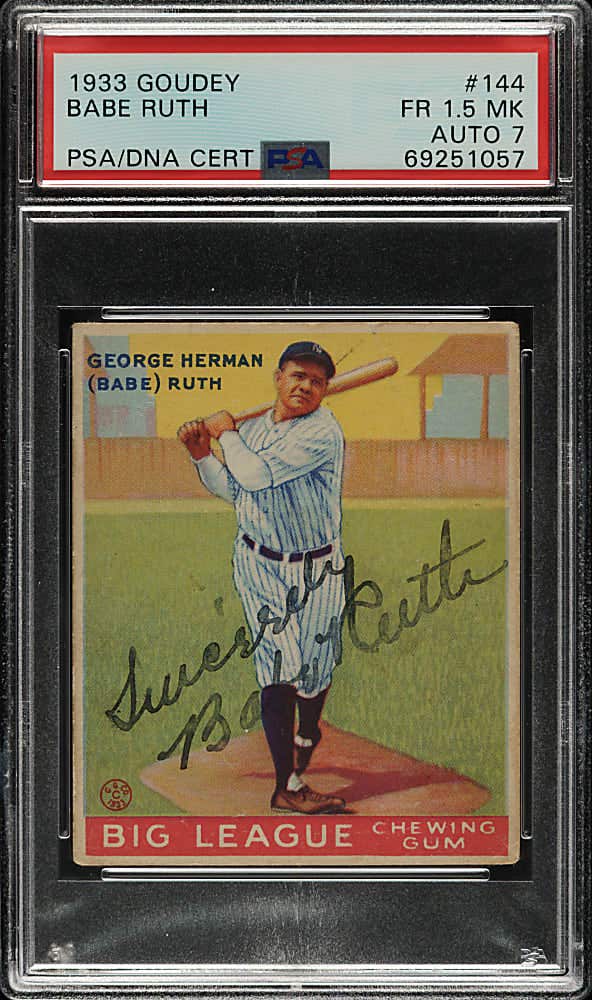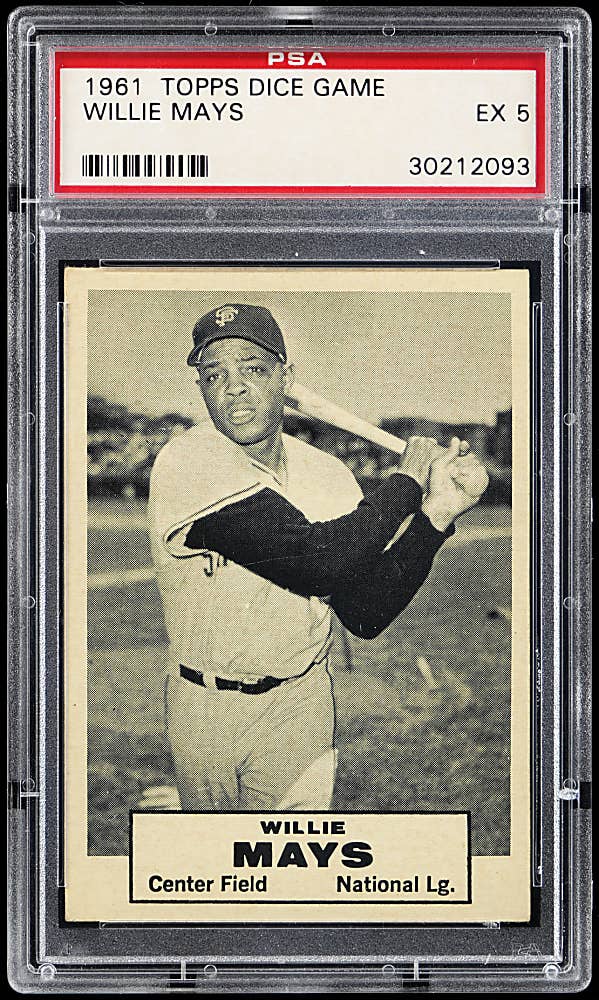Autographs
Readers Weigh in With Their ‘Firsts’
In the Aug. 12 issue of SCD, I took a few hundred words (OK, a couple thousand words) to write about the lasting impression that sports and sports collectibles have on us. The earliest ones seem to make the deepest impact, as most of us will attest.
To provide a personal example, I did a little time-traveling back to Shea Stadium in 1970, when I was wowed as a little kid attending his first big league game. I also took you back to the mid-1970s to a W.T. Grant store in Pittsburgh (where Willie Stargell and Manny Sanguillen signed my first autographs) and then to the early 1980s to a mall in Buffalo, N.Y., where I stumbled upon my first card show and bought all kinds of set-filling singles.
I got a big kick out of revisiting those memories – and an equally big kick out of reading about your first experiences in sports and in the hobby. So without further ado, here’s a sampling of your stories.
Capitol memories
I enjoyed your article “First Things First,” published in the Aug 12 SCD. You encouraged readers to send in similar “first” experiences. Here are mine.
My father took me to my first major league game when I was 8 years old to see the Yankee/Senators game at Griffith Stadium on Saturday, July 28, 1932. I had the added privilege of seeing Babe Ruth hit a towering fly ball that fell beyond the huge right field wall.
My first baseball cards were collected in 1933 after the issue of those colorful Goudey gum cards. I used every penny I could get to buy them, and I used to trade the gum for cards with the other kids. I accumulated a boatload of them, including many double-printed Ruth cards. In the 1950s, however, my wife threw out many of my duplicates while I was at work. By the 1990s, I had a complete set save for one Ruth card and the Nap Lajoie card. Many were not in very good condition. My first autograph was from my favorite player, Goose Goslin. The Senators – breaking my heart – had traded him to the Tigers after the 1933 AL championship season. I attended a Nats/Tigers game in 1934 at Griffith Stadium, and after the game, fans would gather near the Tigers dressing room, seeking autographs of stars like Hank Greenberg and Charlie Gehringer. As a 10-year-old, I didn’t have much of a chance for autographs, as the players plowed through the crowd toward their taxis. However, Goose Goslin climbed up on a nearby wheelbarrow used for keeping the grounds in playing condition and stayed there until every last one of us received his autograph. Mine was on the 5-cent scorecard I had purchased for the game.
I did not realize my cards might be worth something until the mid-1970s. I saw somewhere that a 1939 Goudey Joe DiMaggio was worth $25. I had four of them in great condition. I had paid a penny each for them. I later sold them at different times for $25, $50, $1,000 and $2,000.
– Norman Willis, Keswick, Va.
Thank you for those recollections, Norman. It’s all great stuff, from the bad (your wife’s disposing of your old Goudey doubles – ouch!) to the good (your memory of watching, in person, The Bambino hit a home run).
As for your hero, Goose Goslin’s career is worth a look, as you well know. Goslin was a prolific run-producer who played for 18 years. He spent his first nine-and-a-half seasons (1921 through June 1930) with the Senators, then got traded to the St. Louis Browns. He got shipped back to the Senators for the 1933 season and then, as you recalled, got traded to Detroit before the 1934 campaign. He would spend four seasons with the Tigers and then finish his career in Washington in 1938. All told, the sweet-swinging outfielder had 248 homers, 2,735 hits and 176 steals while batting a robust .316.
Goose’s best season was 1930, the year of his trade to St. Louis. Between the Senators and Browns that year, he hit .308 and had 37 homers, 36 doubles, 12 triples, 115 runs and 138 RBI. It was one of 12 seasons in which he had more than 100 RBI. Yet it took Goslin more than 30 years to enter the Hall of Fame. He retired in 1938 and was finally enshrined, after a veteran’s committee election, in 1968. He died three years later at age 70.
Today, Goslin’s is a highly desirable name among vintage autograph collectors. Signed Goslin baseballs can command four and even five-figure prices. In fact, they’re rare, but two sellers on eBay recently listed baseballs signed “ ‘Goose’ Goslin” – with one tagged at $30,000 and the other (in better condition) at $40,000. Neither had sold at press time. Goslin cut signatures can sell for $100-$200, and signed photos for $300-$400.
(P.S.: I should point out to readers that when it comes to baseball, Norman knows his stuff. He authored Washington Senators’ All-Time Greats, a 396-page book that came out in 2004 and is worth finding.)
The battlin’ Buccos
I enjoyed your article in SCD on firsts. I too have a Willie Stargell sig with just his last name; I obtained mine in 1971 at Three Rivers Stadium. Between games of a doubleheader, they used to have a table set up with three Pirates signing autographs in the concourse of the stadium. Most times it was a coach, like Don Leppert, but I was lucky enough to hit it when Stargell and Al Oliver were signing. They each had a stack of 5-by-7 photos in front of them, and when I got to Willie, I noticed he had several in the pile that he had already signed. I picked up a blank one (so I could see him signing it – ha ha!) and handed it to him. He gave me kind of an annoyed look but he did sign “Stargell” on the pic. Al Oliver was much more pleasant.
I also remember reading an article about Stargell in which he was very hesitant to personalize autographs. He said he did one time and the guy he gave it to was going around acting like he knew Stargell personally and causing some problems.
– Dave Bancroft (city not provided)
Well, I suppose no athlete can be smiling and friendly 100 percent of the time. From what I’ve seen and heard about Stargell, he was usually good-natured when interacting with fans, but I’d love to hear other baseball fans reflect on their experiences with the Hall of Fame slugger. I can remember a well-circulated story within the hobby in the 2000s where Stargell stood up during an autograph-signing session to scold another athlete because he was being surly to fans (as he had a reputation for doing).
“Hey, lighten up, and be nice to these people!” Stargell said to the other signer, also a Hall of Famer.
Regarding Al Oliver, I never got the chance to meet him, but as someone who lived in western Pennsylvania for several years in the mid-1970s and saw him play a lot, I sure appreciated his skills.
While Stargell – with his 475 homers and dominance of NL pitching – was a shoo-in for the Hall, Oliver has always been on the outside looking in. But for those who may have forgotten, he had a truly estimable career. In 18 seasons, Oliver batted a robust .303 with 2,743 hits, including two seasons with 200-plus hits and two more with 190-plus hits. True, he was neither a huge home-run slugger (although he did hit 219 in his career, with a season-high of 22) nor a big base-stealer (career total: 84). But Oliver was a thoroughly professional hitter who routinely slashed the gaps and always made contact. He averaged just 42 strikeouts per year.
Without a shot at Hall of Fame honors, Oliver is a reasonable autograph buy. Signed Oliver photos can be had for less than $20, while his signed baseballs are in the $30-$40 range. Oliver’s rookie card, too, is a good buy. You’ll find his first issue, a 1969 Topps that he shared with Richie Hebner, for around $10 in ungraded, Excellent condition.
An amazin’ afternoon
Boy oh boy, did your column strike a chord – and such a good one, I must say. So I will be sharing some of my firsts from the wonderful year of 1969. For an 11-year-old, what a great year it was.
One Saturday that spring, my Uncle Tommy on my mother’s side took me to an afternoon game at Yankee Stadium. I remember, while driving to the park along with Tommy and another uncle, Billy, that I was amazed at how they knew all the words to every song that came from the car radio. When we finally got inside the stadium, wow, was I impressed! It didn’t look like this on TV! Sitting about a dozen rows behind home plate and hearing the ball hit the catcher’s glove, hearing the crack of the bat, seeing the ballplayers – it was all quite compelling. Then it happened: I saw the swing, heard the crack of the bat, heard the roar of the crowd and got to see the ball take flight. And then everyone jumped up and blocked this youngster’s line of sight as he was witnessing his first big league home run. The batter: Joe Pepitone of the Yankees. What a great spring day – and that was just the beginning. I used to work Saturday evenings at my grandfather’s restaurant (on my father’s side) to make a little money. My Uncle Bob was a huge Mets fan and knew many people. One Saturday evening, who came in for dinner but Ed Kranepool of the Mets. I got to meet my first ballplayer, and man was he huge. From that day on, I brought a ’69 Topps Kranepool card with me every Saturday when I went to work. And sure enough, one night after a game, Kranepool showed up for dinner again, and I scored my first big league autograph. I kept that card with me all the time to show it off at any moment; it went from my pocket to a wallet but couldn’t keep up with the boy that owned it. On June 8, 1969, my Uncle Tom took me to my next Yankee game, and it was Mickey Mantle Day. (Did I forget to mention who my boyhood hero was?) We had great seats on the first base side. Other than TV, I had never seen the Mick live. Even though he had just retired, this was fantastic and it was something I’ll never forget. I still have my program. As the summer of ’69 moved along, I saw Kranepool a few more times and had truly become a two-team New York baseball fan. Why not? It seemed cool to me, and as the Mets became “Amazin’,” it was completely awesome. Into the World Series went the Mets, and guess what – on the morning of Game 3 I got invited to go to Shea Stadium. Incredible, right? Except the game was during the day, school was in session and Mom would hear nothing of the idea to miss school to go to a ballgame. So off to school I went, slightly depressed, but oh well – I’d have to find out later who won.
At school, they set up four televisions on roller carts in the auditorium to let us watch the game! How do you like that? I could have been there! When I got home that afternoon, Mom asked, “How was school today?” My reply went something like, “How was school?! Do you know they let us watch the Mets game? And guess what . . . Ed Kranepool hit a homer!” She made a comment along the lines of, “What kind of things are they doing letting a good day of school be interrupted by a baseball game?. . .”
– Quentin Solano (city not provided)
Great story, Quentin. That’s unfortunate that you missed out on a chance to sit inside old Shea Stadium and watch Game 3 of the 1969 series. We certainly respect our moms’ orders, don’t we? School was (and is) more important than a ballgame, but . . . that was the World Series! I have a feeling I would have made an appeal to Dad, and if that didn’t work, I’d have suddenly gotten “sick” and then quickly recovered an hour before game time. (I’m also sure neither tactic would have worked!)
Seriously, that was admirable of your mom to stick to her guns. As I think about what I’d do in that situation with my two young daughters, I think I’d probably cave in. It’s the World Series! But back in ’69, at least you got to see the game on TV. And what a good one it was: Gary Gentry and a young relief pitcher named Nolan Ryan shut out the Orioles on four hits, beating Jim Palmer. Tommie Agee led off the game with a home run, and Kranepool hit another in the eighth inning. It was a pivotal win, putting the Mets up two games to one in the series.
Today, Kranepool-signed cards can be had for sub-$20 prices (usually between $5-$10), but I know you can’t really replace the original that you carried around for years. But here’s a shot (see photo) of what it looked like, courtesy of a recent eBay offering.
Giant impact
Hi Larry, I saw your very enjoyable article in SCD. The first game I remember attending was at old Seals Stadium in 1959 to see the San Francisco Giants with my grandmother. I don’t remember all of the details of the game, but I do remember that it was shortly after the debut of Willie McCovey. My grandmother bought me a neat felt pennant that, a few years ago, my wife had framed for me.
The highlight I vividly remember from that game in 1959 was trying to get McCovey’s autograph, but to no avail. There were far too many kids crowded around him, forcing me to settle for two other San Francisco players who weren’t so busy: Leon Wagner and someone named Willie Mays! I’ve held onto both of their cut signatures, of course, and years later I had them framed with the players’ 1959 Topps cards.
– Ron Atkinson, Alameda, Calif.
Not too shabby, Ron. We all know about Mays’ place in baseball and his stature within the hobby, but Leon “Daddy Wags” Wagner is one of those underrated names from the past who deserves to be remembered.
You saw the well-traveled Wagner in his last season with the Giants; he went to the Cardinals in 1960, the Angels in 1961, the Indians in 1964, the White Sox in 1968, and back to the Giants in 1969. Wagner finished his career with a .272 average, 1,202 hits, and 211 HRs, including a high of 37 for the 1962 Angels.
Mays cut signatures and signed cards and photos can sell for a few hundred dollars, as longtime collectors know. Wagner autographs on a card or photo go for $30-$50. He died in 2004 at age 69. Thanks for the stories!
Larry Canale is author of the book “Mickey Mantle: Memories & Memorabilia” (Krause, 2011) and editor-in-chief of “Antiques Roadshow Insider.” He also spent six years editing Tuff Stuff magazine and has authored two books with photographer Ozzie Sweet: “Mickey Mantle/The Yankee Years” (1998) and “The Boys of Spring” (2005).He can be reached at larrycanale@comcast.net.



